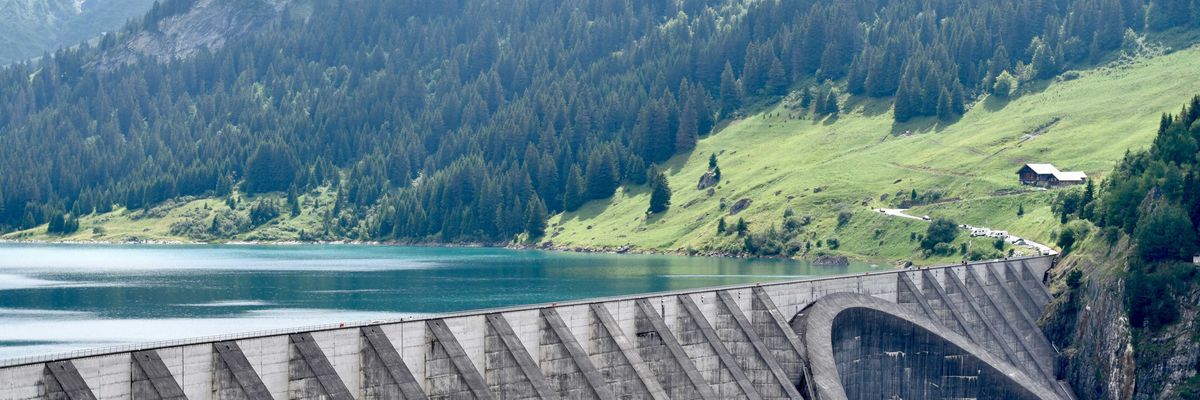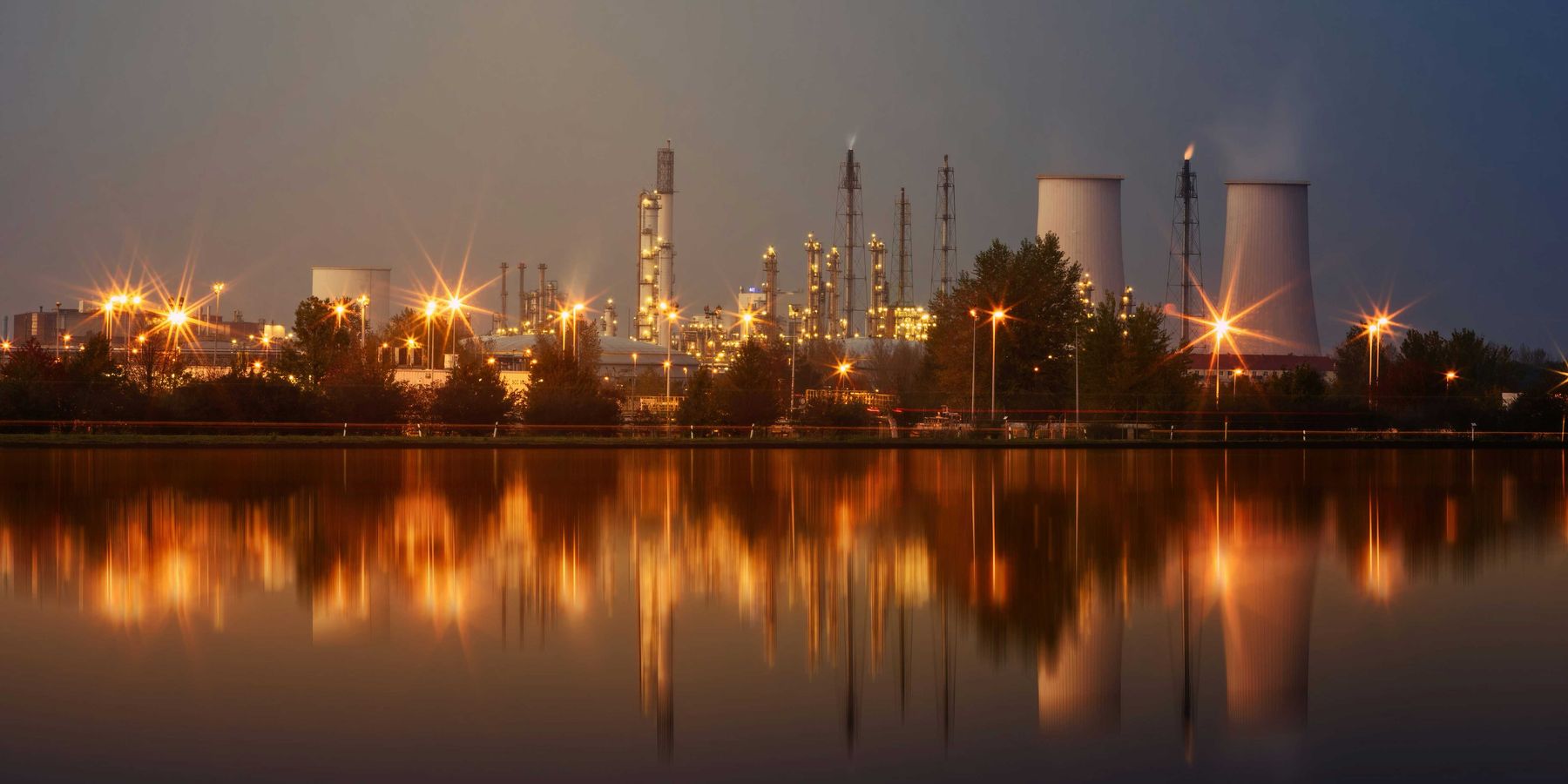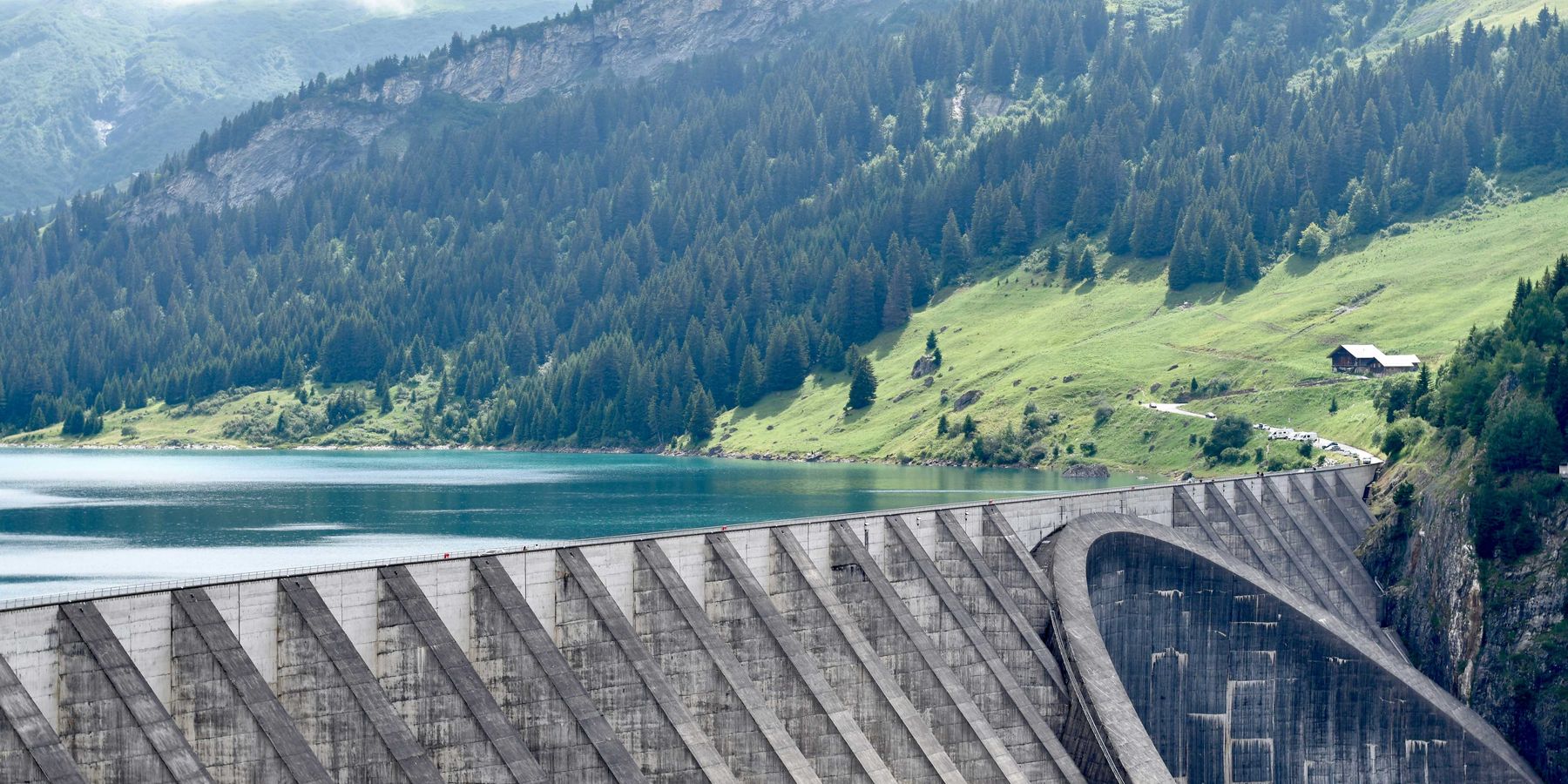lead
Disaster restoration workers face health risks from exposure to toxins
Workers in the disaster restoration industry are reporting significant health issues from exposure to dangerous substances while cleaning up after natural disasters.
In short:
- Disaster restoration workers, primarily Latino immigrants, face severe health risks from toxins like asbestos, lead and mold in poorly regulated conditions.
- Incidents include a worker being temporarily blinded and another left in a coma due to job site accidents; long-term effects include respiratory issues and headaches.
- A joint investigation highlights systemic issues in safety regulations and the industry's response to protecting its workers.
Why this matters:
Without strict safety protocols and proper protective equipment, disaster responders may unknowingly be exposed to these substances, jeopardizing their health in both the short and long term. This risk is compounded by the urgent nature of their work, which can sometimes lead to corners being cut on safety measures.
Be sure to read Brian Bienkowski’s 2017 piece arguing that low doses of the most ubiquitous toxics are hurting people—updating how we test and regulate could save lives.
Elevated levels of metals found in creek near Virginia coal ash pit
The effect of coal ash on the environment has been studied and debated for more than seven years now in Virginia. Utilities have spent those years looking for long-term disposal.
Making solar energy as clean as can be means fitting square panels into the circular economy
As solar projects surge nationwide, the demand is increasing for recycling solutions that will keep photovoltaic panels out of landfills and their energy-producing elements in the sun.
Pollution at Australia’s largest Antarctic research station exceeded guidelines for almost 20 years
Levels of contaminants such as arsenic and lead at Casey eclipsed international quality guidelines between 1997 and 2015, study finds.
Gas stations are leaking underground
In a nutshell:
It's not whether a gas station will pollute. It's when and how much. The underground steel tanks that became the industry standard in the years following World War II, when Americans took to the roads like never before, were designed to last no more than 30 years. In a great many cases the tanks remained in the ground well beyond 30 years; long after failure and subsequent leaking of the contents through corrosion, trauma or abandonment. By the early 1970's, oil companies marshaled their best legal minds and set out to put some distance between their interests and a looming liability storm by selling stations and cutting loose independent owners.
Key quote:
"I have talked to several gas station owners that have purchased gas stations from Big Oil. I think that some of the property owners really didn't understand what they were getting into when they released that liability," said Ryan Bixby, managing principal at SoundEarth, who oversees cleanups in Washington state.
Big picture:
With Big Oil successfully washing their hands of the responsibility and liability related to underground gasoline storage tanks and insurance companies exiting the market en masse, small gas station owners were forced to assume liability without the resources to do so. Forced to upgrade tanks or install new ones, many small owners just walked away and abandoned tanks that continued to corrode and leak. The good news is that technological advances in the 1990's have greatly reduced problems with underground petroleum storage. The bad news is that there are some 60,000 legacy properties awaiting remediation and an entire generation of steel tanks approaching the end of their life. Upon facing a looming public health hazard and a huge backlog of toxic sites, states are now looking for remediation relief from taxpayers.
Gas stations are leaking underground
The lie of a cleaner oilsands
In May 2022 a tailings pond at Imperial’s Kearl Lake facility started leaking toxic waste into groundwater and outside its lease boundaries. But no one reported the leak to water users living downstream of the massive oilsands project for nine months.
In a nutshell:
Award-winning journalist, Andrew Nikiforuk, writing for The Tyee, lays out a damning, but all-too-familiar chronology of ongoing hydrocarbon spills in the Alberta Oil patch that go unreported and unregulated by a seemingly complicit Alberta Energy Regulator. Indigenous leaders, their food sources and drinking water contaminated, have expressed total distrust with the state of monitoring and reporting, repeatedly castigating the Alberta Energy Regulator as a “joke” or unaccountable.
Key quote:
“All trust with the Alberta government has been broken and has been broken for a long time. They can’t be trusted to oversee the mess,” Athabasca Chipewyan First Nation Chief Allan Adam told Parliament’s Standing Committee on Environment and Sustainable Development.
Big picture:
At one time the Alberta government and industry promised to control the proliferation of the mining waste stream with stiff regulations. But industry ignored 2009 rules to reduce the volume of tailing waste and then regulators abandoned them. Now government and industry propose to rid themselves of the tailings waste problem with the cheapest possible solution — by minimally treating wastewater by filtering it through petroleum coke (a bitumen byproduct) with the goal of releasing that water into the Athabasca River.
Read the full story from The Tyee.









